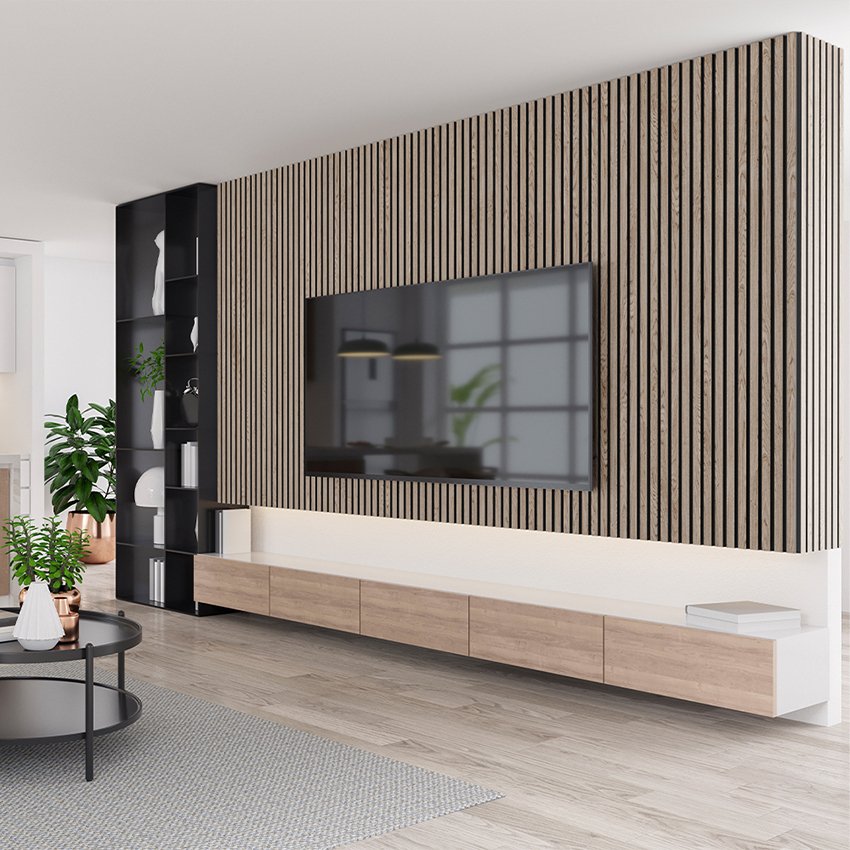Maximizing small spaces often requires strategic thinking about every element within a room, including panelling strips. These seemingly minor components can significantly impact room dimensions and the perceived size of a space. Understanding how panelling strips affect these aspects can empower homeowners and designers to make informed choices that optimize space utilization. Panelling strips, commonly used in interior design, serve both functional and aesthetic purposes. They can be applied vertically or horizontally on walls, ceilings, or other surfaces to create visual interest, define areas, or cover imperfections. While their primary function may not be to alter room dimensions, their placement and design can influence how spacious a room appears. Vertical panelling strips, for instance, can draw the eye upwards, making ceilings appear higher than they are. This vertical emphasis creates an illusion of increased room height, which is beneficial in smaller spaces where a sense of airiness and openness is desired. On the other hand, horizontal panelling strips can visually widen a room by drawing attention to the width of walls, making narrow spaces feel more expansive.

One fundamental way panelling strips affect room dimensions is by altering the perception of height and width. Moreover, the width and spacing of panelling strips play a crucial role. Narrow strips placed close together can create a more intricate pattern that adds texture without overwhelming the space. Conversely, wider strips with larger spacing might visually divide a wall into sections, giving the impression of smaller, distinct areas within a room. Careful consideration of these factors is essential to achieve the desired visual impact without compromising perceived room size. Color and material choices for panelling strips also contribute significantly to how they affect room dimensions. Light-colored panels tend to reflect more light, making spaces feel brighter and more expansive. Darker colors, while potentially adding depth and drama, can visually reduce the perceived size of a room. Similarly, the material of the strips whether wood, metal, or composite can influence the overall aesthetic and tactile feel of the room, impacting how spacious it feels to occupants. In practical terms, integrating panelling strips into a small space should involve a balance between functionality and aesthetics.
Choosing panels that serve a dual purpose such as incorporating storage compartments or acoustic treatments can maximize utility while enhancing the room’s visual appeal. For example, panels with integrated shelving or hooks can help organize belongings efficiently in compact living areas, reducing clutter and maximizing usable floor space. Furthermore, the placement of panelling strips should consider the room’s layout and intended use. In bedrooms, for instance, incorporating panels behind the bed or along a feature wall can create a focal point that enhances the room’s ambiance without overwhelming the limited space available. In open-plan living areas, strategically placed panels can define zones for different activities while maintaining an overall sense of openness. Ultimately, the impact of panelling strips on room dimensions goes beyond mere aesthetics. It involves thoughtful design choices that optimize both visual appeal and functional use of space. By understanding how these elements work together through color, material, placement, and pattern homeowners and designers can effectively maximize the potential of small spaces, creating environments that feel larger, more comfortable, and tailored to their needs.
